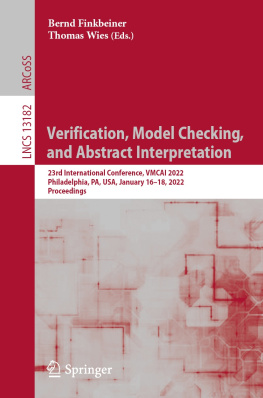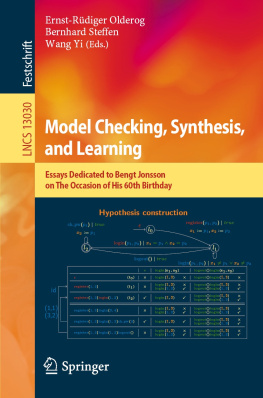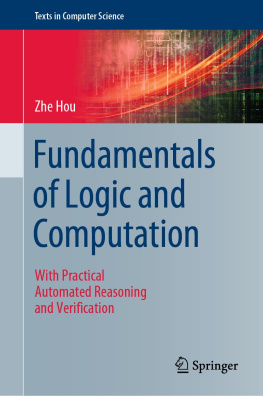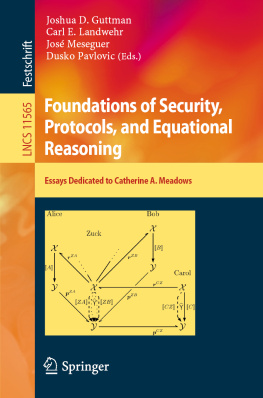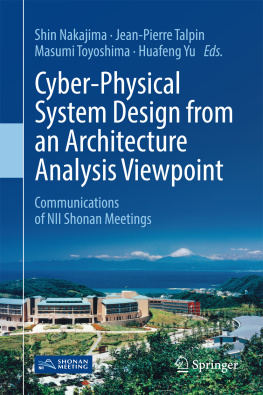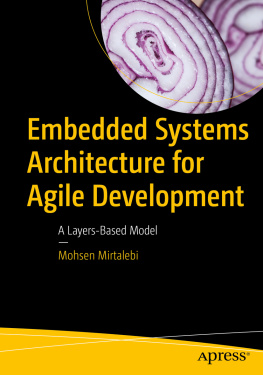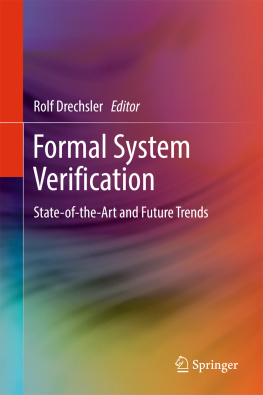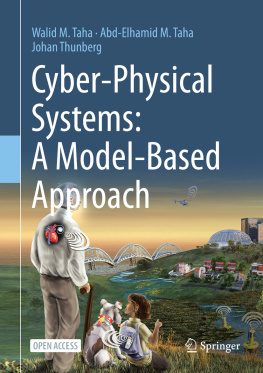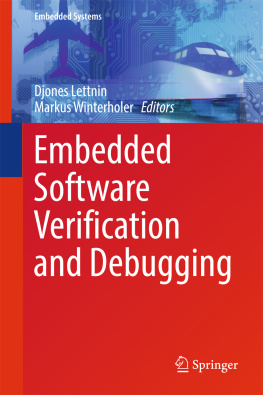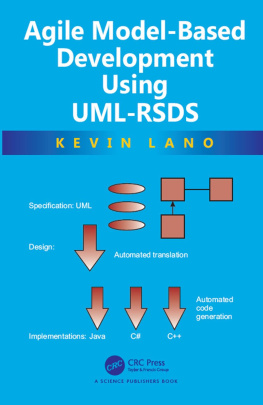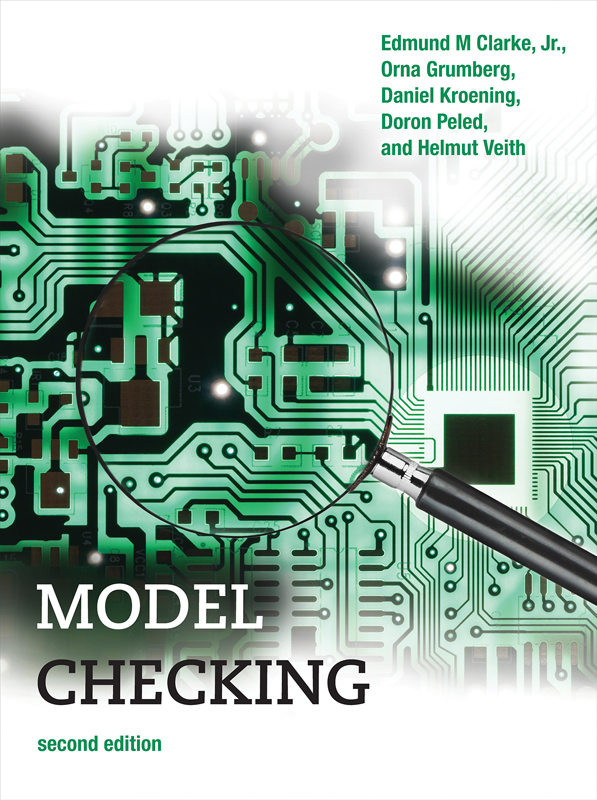Edmund M. Clarke Jr. - Model Checking (Cyber Physical Systems Series)
Here you can read online Edmund M. Clarke Jr. - Model Checking (Cyber Physical Systems Series) full text of the book (entire story) in english for free. Download pdf and epub, get meaning, cover and reviews about this ebook. year: 2018, publisher: The MIT Press, genre: Home and family. Description of the work, (preface) as well as reviews are available. Best literature library LitArk.com created for fans of good reading and offers a wide selection of genres:
Romance novel
Science fiction
Adventure
Detective
Science
History
Home and family
Prose
Art
Politics
Computer
Non-fiction
Religion
Business
Children
Humor
Choose a favorite category and find really read worthwhile books. Enjoy immersion in the world of imagination, feel the emotions of the characters or learn something new for yourself, make an fascinating discovery.

- Book:Model Checking (Cyber Physical Systems Series)
- Author:
- Publisher:The MIT Press
- Genre:
- Year:2018
- Rating:5 / 5
- Favourites:Add to favourites
- Your mark:
Model Checking (Cyber Physical Systems Series): summary, description and annotation
We offer to read an annotation, description, summary or preface (depends on what the author of the book "Model Checking (Cyber Physical Systems Series)" wrote himself). If you haven't found the necessary information about the book — write in the comments, we will try to find it.
An expanded and updated edition of a comprehensive presentation of the theory and practice of model checking, a technology that automates the analysis of complex systems.
Model checking is a verification technology that provides an algorithmic means of determining whether an abstract modelrepresenting, for example, a hardware or software designsatisfies a formal specification expressed as a temporal logic formula. If the specification is not satisfied, the method identifies a counterexample execution that shows the source of the problem. Today, many major hardware and software companies use model checking in practice, for verification of VLSI circuits, communication protocols, software device drivers, real-time embedded systems, and security algorithms. This book offers a comprehensive presentation of the theory and practice of model checking, covering the foundations of the key algorithms in depth.
The field of model checking has grown dramatically since the publication of the first edition in 1999, and this second edition reflects the advances in the field. Reorganized, expanded, and updated, the new edition retains the focus on the foundations of temporal logic model while offering new chapters that cover topics that did not exist in 1999: propositional satisfiability, SAT-based model checking, counterexample-guided abstraction refinement, and software model checking. The book serves as an introduction to the field suitable for classroom use and as an essential guide for researchers.
Edmund M. Clarke Jr.: author's other books
Who wrote Model Checking (Cyber Physical Systems Series)? Find out the surname, the name of the author of the book and a list of all author's works by series.

